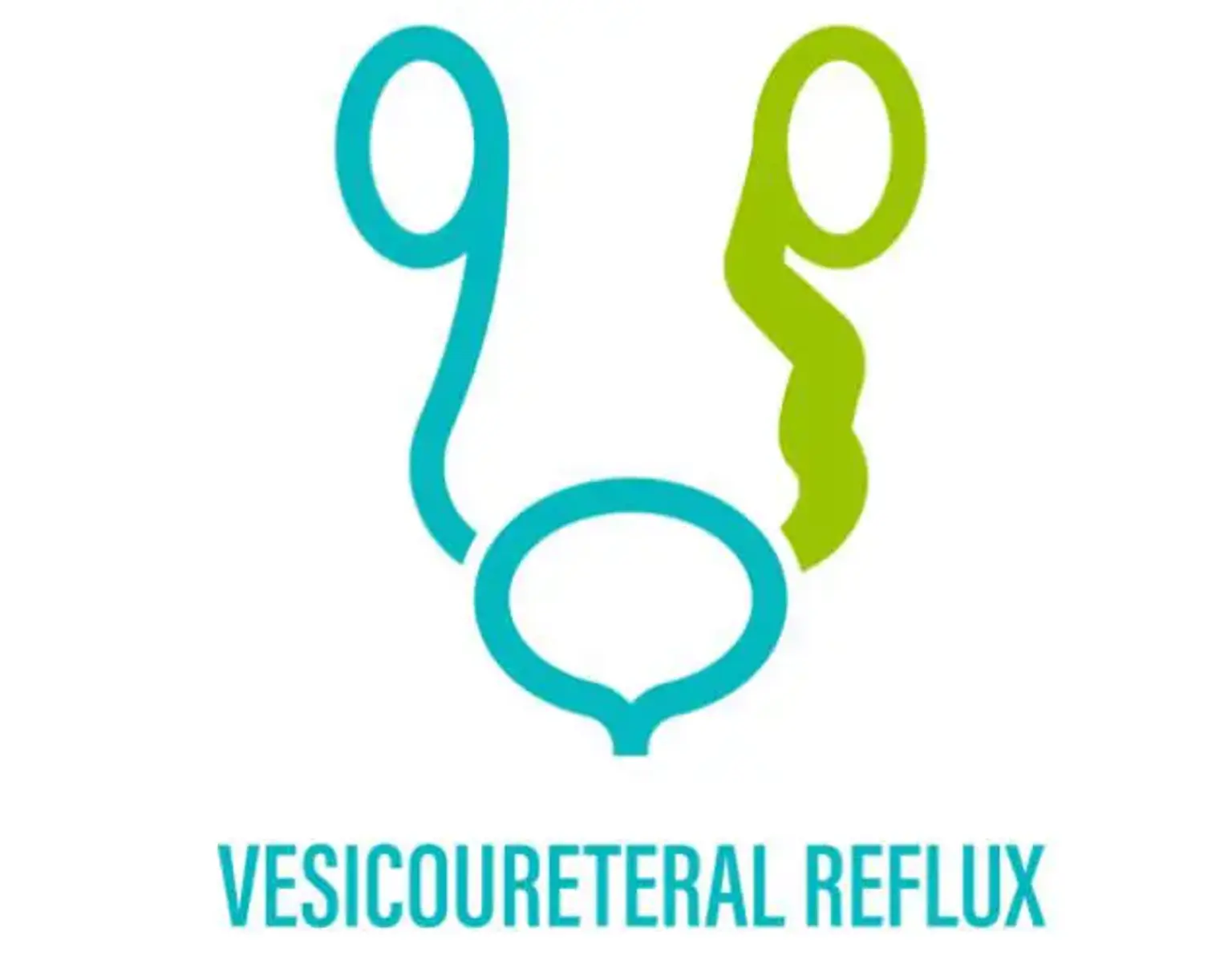Vesicoureteral Reflux (VUR)
Overview
Urine normally passes down from the kidneys to the bladder via tubes called ureters. Urine flows backward from the bladder up the ureter to the kidney in vesicoureteral reflux. It can occur in one or both ureters. Bacteria from the bladder can enter the kidney if the "flap valve" fails and allows urine to flow backward. This may result in a kidney infection, which can lead to kidney damage.
The ureters and kidneys get big and twisted as the flow of urine back up the ureters becomes more acute. If there is an infection, more severe reflux is associated with an increased risk of kidney injury.
